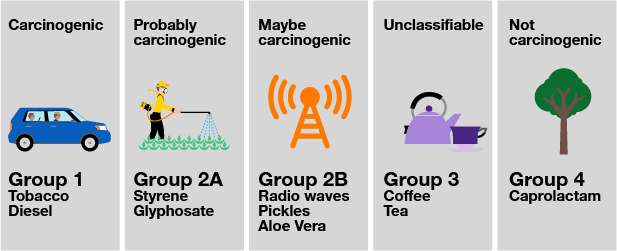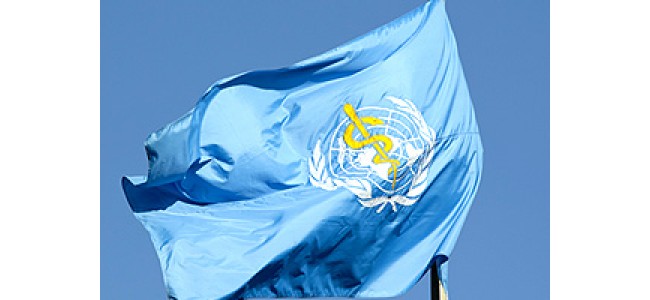- Radio Waves
- what the health authorities say
what the health authorities say
The effects of radio waves on human health have been the subject of thousands of scientific studies. The results of these studies have resulted in the opinions of many international organisations and health authorities in different countries.
The World Health Organization (WHO), the Scientific Committee on Health, Environmental and Emerging Risks (SCHEER) of the European Union and the International Commission on Non-Ionizing Radiation Protection (ICNIRP) concluded that exposure related to wireless networks and their use does not lead to adverse effects for public health if it is below the limits recommended by the ICNIRP. However, it is important to distinguish mobile exposure and exposure from base stations. In the case of mobiles, user exposure to radio waves is near, local and limited in time. In the case of transmitting stations (base stations, radio and television transmitters) it is remote, continuous and much weaker.
Health recommendations on antennas
To date, international experts have not identified any health risks associated with exposure to electromagnetic fields emitted by base stations antennas, provided that the exposure limit values of the public are respected. In its Fact Sheet of May 2006 « Electromagnetic fields and public health: base stations and wireless technologies » (No. 304), WHO points out that the levels of radiofrequency exposure from base stations and wireless networks are so low that there isn’t any effect on human health. It also said that given the low frequencies and levels of exposure, the body absorbs up to five times more signals from FM radio and television (emitting 24 hours a day for over 60 years with no danger to the health of local communities having been found) than from base stations. As a result, WHO and international health authorities indicate that there is no health risk from living near base stations.
Health recommendations on 5G
Health recommendations on mobile phones
For twenty years, mobile phones have been the subject of over 1,000 scientific studies. The World Health Organization (WHO) and health experts groups have analysed all these scientific studies. In May 2011, the International Agency for Research on Cancer (IARC) classified radiofrequency electromagnetic fields in the category 2B “possibly carcinogenic”. Note that category 2B also includes, for example, coffee and pickled vegetables. The IARC chose group 2B from among five predefined classifications. Through this choice, it indicates that the link between radio waves and cancer is not « proven » or « probable », which are two other categories of its classification system.

A monograph was published by the IARC in order to sum up available knowledge about radiofrequencies and health: dosimetry, thermal and non-thermal mechanisms, biology and epidemiology. It can be read here.
In June 2011, recalling the IARC classification, WHO’s Fact Sheet No. 193 “Electromagnetic fields and public health: mobile phones” concluded: “To date, it has never been established that the mobile phone can cause a harmful effect on health”. This applies to all mobile and cordless phones, whether GSM (2G), UMTS (3G), LTE (4G), 5G, DECT and Wi-fi.
Pending the results of ongoing studies, WHO and the health expert groups accompany this conclusion with very simple-to-implement recommendations to limit exposure to radio waves, such as phoning with an earpiece or in areas where reception is good (see our « Best practices » section).
Health recommendations on Wi-fi
WHO and health authorities (Canada, United Kingdom, etc.) indicate that Wi-fi devices do not pose a risk to health in view of their very low transmission power (less than 0.1 watt).
About electromagnetic hypersensitivity
Electromagnetic hypersensitivity (EHS) has been the subject of international scientific research for many years. In 2005, WHO Fact Sheet No. 296 “Electromagnetic fields and public health: Electromagnetic hypersensitivity” concluded that there are « no clear diagnostic criteria and there is no scientific basis to link EHS symptoms to EMF exposure”. The conclusions of this Fact Sheet have since been confirmed by various health agencies in France and around the world. Thus, in the last report of the expert group presented in October 2009 to the French Agency for Environmental and Occupational Health Safety (AFSSET), it is noted that “since 2005, no author has challenged the reality of the experiences of people who attribute their health problems to exposure to radiofrequency waves. But none have demonstrated a causal relationship between exposure and EHS”.
